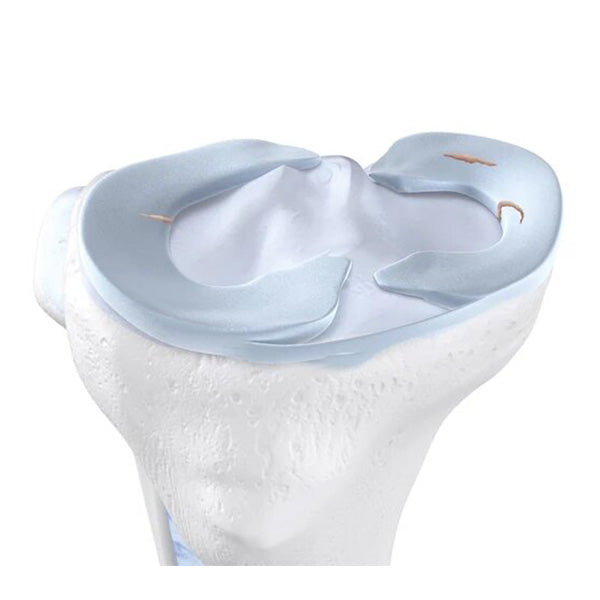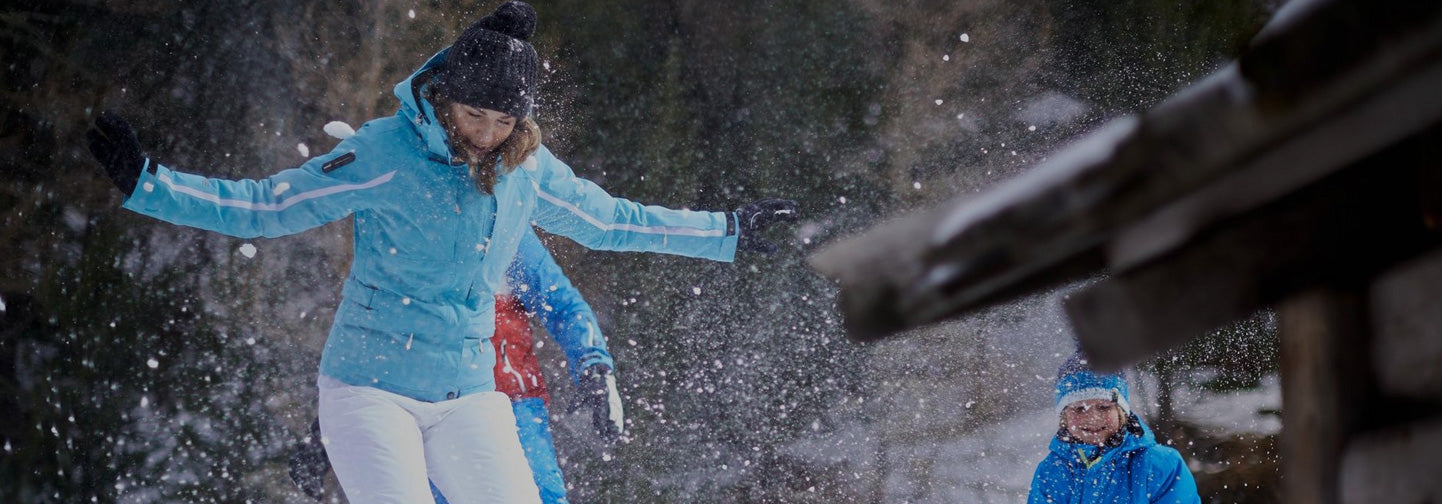Miniscus Tear

The menisci are located between the articular surfaces of the upper and lower leg bones. These crescent shaped cartilage discs act to balance your upper and lower leg bones together. By bearing part of the weight load, the act to evenly distribute pressure, stabilising the joint in active movement. If there’s pain when stretching and bending, or if the joint is swollen and hot, it’s likely there’s a tear in the meniscus. As it’s one of the most common causes of knee pain, early treatment can help to prevent further damage and long lasting health in the knee.
The most common cause of a meniscal tear

The most common cause of a torn meniscus is when the knee joint is twisted while bent. This is most common in sports such as skiing, basketball, netball, rugby and soccer. Obesity, excess weight and excessive strain on the knees are all factors that can exacerbate this and increase your chances of tearing the meniscus.
The wear and tear of cartilage structures like the meniscus also occurs naturally with aging. If a meniscus is worn out, a wrong movement can lead to a meniscus tear.
Different forms of meniscus damage
When assessing meniscus tears, your medical specialist will assess and confirm which part of the cartilage is damaged. This can be the medial or lateral, sometimes both. Medial meniscus tears (the inside of the knee) are far more common and easier to treat.
Just like the cartilage on your bones, the meniscus wears over time, and this process is known as meniscopathy. This can lead to osteoarthritis over time, so it’s important not to ignore it early.
Meniscal Tear - Recognising Symptoms

Knee pain on the inside or outside of the knee while stretching or bending is a typical symptom of meniscus damage. In cases of more severe damage, it’s often immediately noticeable with a shooting pain jolt through the knee, often with a cracking noise. In some cases, this can cause fluid to gather in the joint, reducing mobility, causing swelling and increasing the likelihood of knee instability.
In cases where the knee is injured and meniscus damage is suspected, apply the RICE principle straight away (Rest, Ice, Compress, Elevate).
How is meniscus damage diagnosed?
During a physical assessment, the specialist will check for different indicators of meniscus damage. This is normally done by manipulating the knee and monitoring for pain reactions. If any of these tests show signs of damage, they will often refer you onto medical imaging to confirm the injury, most often with an MRI.
If you suspect a more severe meniscus issue, you should seek medical help immediately to minimise the risk of permanent damage.
Therapy options available

When the meniscus is torn, both conservative and surgical options are viable methods of treatment.
If treating conservatively, rest is crucial and just as important as controlled and targeted strengthening. The use of crutches, stabilising supports and braces and anti-inflammatory medications all can be used to speed up recovery.
In cases where the damage is more severe, surgery is often required. In most cases, this involves the removal of the damaged part of the meniscus to prevent further tearing and can sometimes be unavoidable. Other times, the meniscus can be stitched together to recover and heal.
Meniscopathy - relieve pain with supports and braces
If there is pain, swelling or instability in the knee, the benefit of knee supports is overwhelming. By wearing the GenuTrain range (varying depending on injury), the targeted compression and gel support works effectively to relieve these issues and recover the knee after surgery quickly.
Help after an operated meniscus tear
In cases of surgery where the initial damage was more severe, it may be necessary to immobilise the joint to keep the knee stable for recovery. The SecuTec Genu is the perfect support for this, combining stability and lightweight design.
For assistance selecting the right product for your needs, call us on 1300 668 466.
Do you have private health? Most private health extras will cover Bauerfeind Products, check to see if yours is included. Bauerfeind Private Health Insurance Inquiry.
Bauerfeind products are developed at our innovation and manufacturing facility in Zeulenroda, Germany. Based on years of scientific research, our award-winning braces and support garments are highly recommended by medical professionals and athletes worldwide.




